|
|
Since the discovery of induced pluripotent stem cells (iPSCs) in 2006, a large and thriving research products market has emerged, largely because the cells are non-controversial and can be generated directly from adult cells. It is clear that iPSCs represent a lucrative market segment, because methods for commercializing this cell type are expanding every year and clinical studies investigating iPSCs are swelling in number.
Therapeutic applications of iPSCs have surged in recent years. 2013 was a landmark year in Japan, because it saw the first cellular therapy involving the transplant of iPSCs into humans initiated at the RIKEN Center in Kobe, Japan. Led by Masayo Takahashi of the RIKEN Center for Developmental Biology (CDB), it investigated the safety of iPSC-derived cell sheets in patients with macular degeneration.
In another world-first, Cynata Therapeutics received approval in 2016 to launch the world’s first formal clinical trial of an allogeneic iPSC-derived cell product (CYP-001) for the treatment of GvHD. Riding the momentum within the CAR-T field, Fate Therapeutics is developing FT819, its “off-the-shelf” iPSC-derived CAR-T cell product candidate. Numerous physician-led studies using iPSCs are also underway in Japan, a leading country for basic and applied iPSC applications.
iPS Cell Market Competitors
For iPSC-derived products designed for use in research and drug discovery applications, market competitors and industry leaders include FUJIFILM CDI, Axol Bioscience, REPROCELL, Ncardia, and Evotec. For iPSC-derived cellular therapeutics, Cynata Therapeutics, Fate Therapeutics, BlueRock Therapeutics, and Century Therapeutics lead the way. Within the world of large-scale iPSC manufacturing, FUJIFILM CDI, Treefrog Therapeutics, and Rheincell Therapeutics are companies who are leading the charge.
Today, FUJIFILM CDI is as one of the largest commercial players within the iPSC sector. FUJIFILM CDI was founded in 2004 by Dr. James Thomson at the University of Wisconsin-Madison, who in 2007 derived iPSC lines from human somatic cells for the first time ever. The feat was accomplished simultaneously by Dr. Shinya Yamanaka’s lab in Japan.
In 2009, ReproCELL, a company established as a venture company originating from the University of Tokyo and Kyoto University, made iPSC products commercially available for the first time with the launch of its human iPSC-derived cardiomyocytes, which it called ReproCario.
A European leader within the iPSC market is Ncardia, formed through the merger of Axiogenesis and Pluriomics. Founded in 2001, Axiogenesis initially focused on generating mouse embryonic stem cell-derived cells and assays, but after Yamanaka’s iPSC technology became available, it became the first European company to license it in 2010. Ncardia’s focus is on preclinical drug discovery and drug safety through the development of functional assays using human neuronal and cardiac cells.
Due to prolific market growth, nearly a hundred market competitors now offer various types of iPSC products, services, technologies, and therapeutics.
iPS Cell Commercialization
Methods of commercializing induced pluripotent stem cells (iPSCs) are diverse and continue to expand. iPSC cell applications include, but are not limited to:
- Research Products: Market competitors provide iPSC specific tools to scientists worldwide, including human iPSC lines and differentiated cells types, as well as optimized reagents, protocols, differentiation kits and more.
- Drug Development & Discovery: iPSCs have the potential to transform drug discovery by providing physiologically relevant cells for compound identification, target validation, compound screening, and tool discovery.
- Cellular Therapy: iPSCs are being explored in a diverse range of cell therapy applications for the purpose of reversing injury or disease.
- Toxicology Screening: iPSCs can be used for toxicology screening, which is the use of stem cells or their derivatives (tissue-specific cells) to assess the safety of compounds or drugs within living cells.
- Personalized Medicine: The use of techniques such as CRISPR enable precise, directed creation of knock-outs and knock-ins (including single base changes) in many cell types. Pairing iPSCs with genome editing technologies has added a new dimension to personalized medicine.
- Disease Modelling: By generating iPSCs from patients with disorders of interest and differentiating them into disease-specific cells, iPSCs can effectively create disease models “in a dish.”
- Stem Cell Banking: iPSC repositories provide researchers with the opportunity to investigate a diverse range of conditions using iPSC-derived cell types produced from both healthy and diseased donors.
- Other Applications: Other applications for iPSCs include areas like tissue engineering, 3D bioprinting, clean meat production, wildlife conservation and more.
Since the discovery of iPSC technology in 2006, significant progress has been made in stem cell biology and regenerative medicine. New pathological mechanisms have been identified and explained, new drugs identified by iPSC screens are in the pipeline, and the first clinical trials employing human iPSC-derived cell types have been initiated.
iPSC Report Objectives
As the first and only market research firm to specialize in the stem cell industry, BioInformant recently released the “Global Induced Pluripotent Stem Cell (iPSC) Industry Report – Market Size, Trends, and Forecasts, 2023.” This global strategic report provides breaking coverage of the global iPSC market, including market size figures with future forecasts through 2030.
The objectives of this report are to describe the current status of iPSC research, patents, funding events, industry partnerships, biomedical applications, technologies and clinical trials for the development of iPSC-based therapeutics.
Importantly, the report presents a comprehensive market size breakdown for iPSCs by Application, Technology, Cell Type and Geography (North America, Europe, Asia/Pacific, and RoW). It also presents total market size figures and growth rates through 2026.
In addition to the primary and secondary research required for this report, interviews were conducted with notable iPSC industry leaders, including:
- Kaz Hirao, President and COO of FUJIFILM CDI
- Ross Macdonald, CEO of Cynata Therapeutics
- Robin Smith, CEO of ORIG3N
- Paul Wotton, Board Member of Cynata Therapeutics
- And Others
Claim this global strategic report to become immediately informed about the iPSC market, without sacrificing weeks of unnecessary research or being at risk of missing critical market opportunities.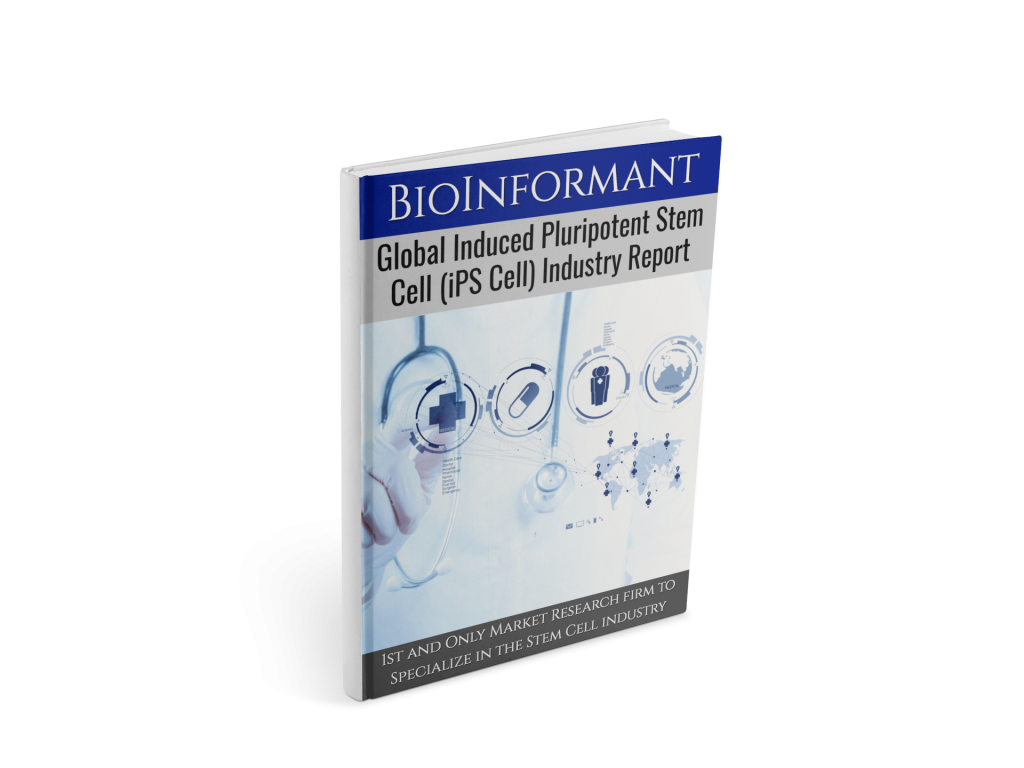
What questions do you have about the induced pluripotent stem cell market? Ask them in the comments.
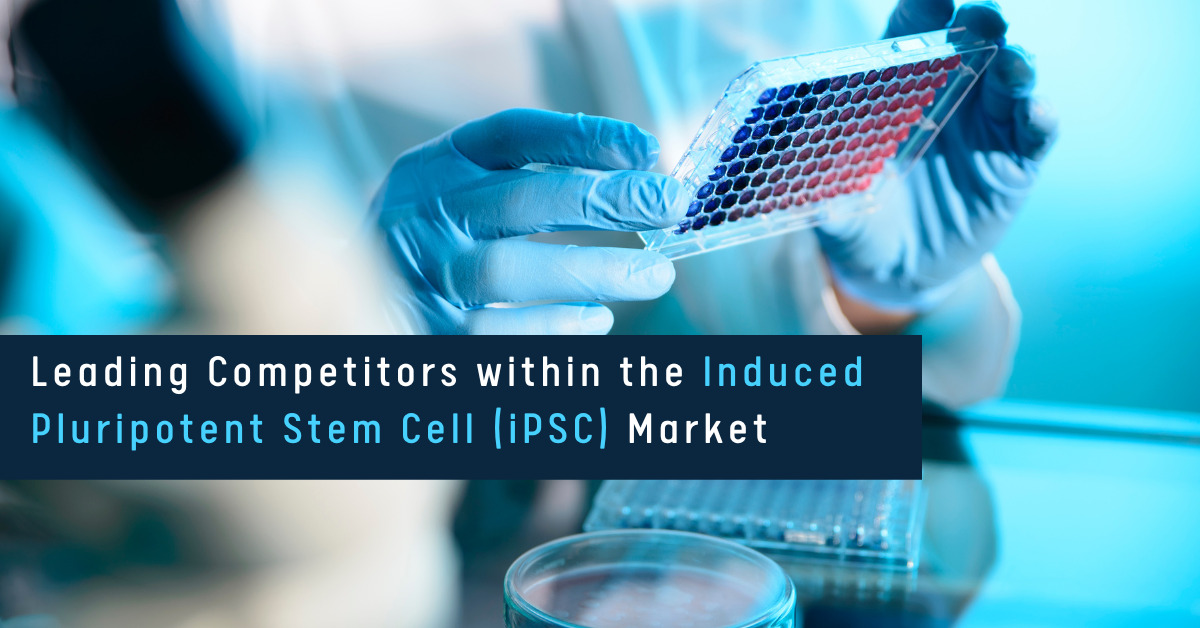






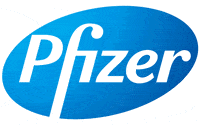




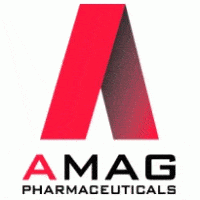


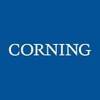

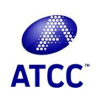


Tell Us What You Think!